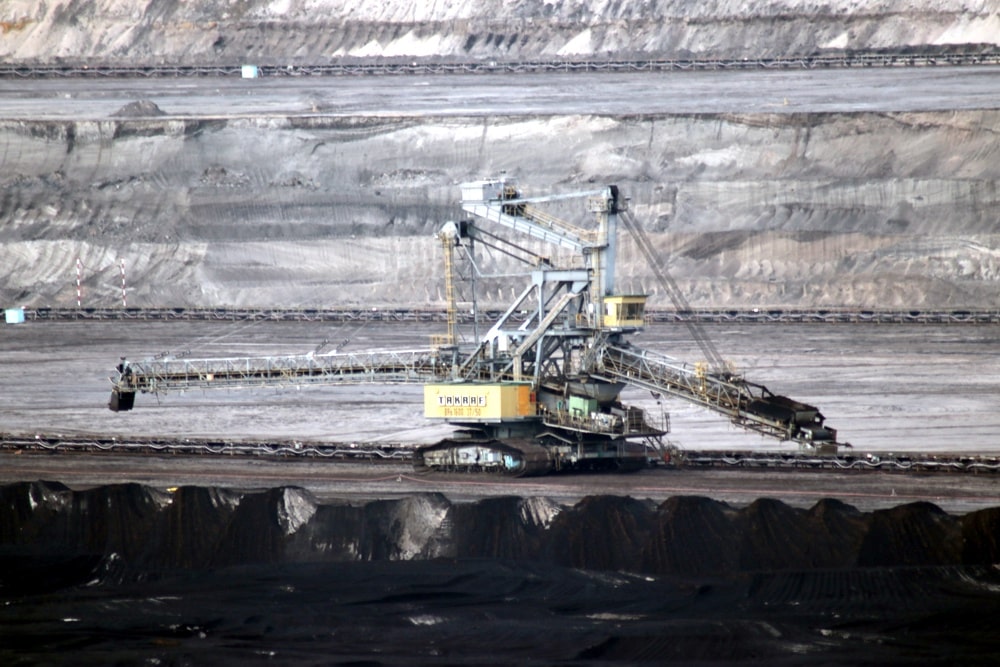Or have long since distributed it, as Marco Böhme, spokesman for the left-wing faction for climate protection in the Saxon state parliament, suspects.
“We have information from the Saxon Agency for Structural Development (SAS), according to which, according to the Saxon State Ministry for Regional Development (SMR), ‘the available budget funds for the first funding period (2020 to 2026) according to RL InvKG are fully occupied’. In a nutshell, this means that no further project applications can be submitted to the regional monitoring committees for Central Germany and the Lusatian mining area for this first funding period. We warned about that.“1.1 billion euros are available in this first funding period. What would actually have happened if the inhabitants of the mining regions had actually been included in the selection of the projects that could have been financed from them? So would have given you a real say, from brainstorming to the final vote? Something that could easily have been organized in two years, two years in which completely different instances decided on the distribution of the funds without any citizen participation.
And it’s not just the municipalities that, in regional monitoring committees, at least jointly select those projects proposed by the municipalities that actually have a realistic chance of being implemented.
But apparently – before the end of the first round of decisions – the money to be distributed is all. At least that’s how Marco Böhme interprets it.
“This is a slap in the face for municipalities that wanted to implement structural change projects in the next four years. The members of the regional monitoring committees should also ask themselves what they should decide on in the next few years if there is no money to distribute,” says Marco Böhme.
“This is the result of the Saxon state government’s failed structural change policy: projects are distributed according to the first-come-first-served principle without allowing time for adequate project development and checking whether these projects make a meaningful contribution to structural change. In addition, there are expensive state projects such as the relocation of the state investigation institute to Bischofswerda, which emptied the pots for the municipalities.”
Sometimes the federal government wants to use the structural change funds to finance the electrification of the Leipzig – Chemnitz route, sometimes the state government wants to relieve the state budget. The picture is the same everywhere: those affected are not even asked. Which of course raises the question of what kind of acceptance the structural projects will then get at all.
Or whether they are again only regarded as UFOs that stand in the landscape now free of mining, but do little to stabilize the local economy. Will the emigration from these regions then really begin? A question that is rightly in the room. Once it has started, it is too late to change course.
“Structural change can only succeed if local actors are given enough time to develop projects. Only then can the population be involved, only then can it be ensured that the money is spent on projects that make a meaningful and sustainable contribution to structural change,” says something that should have been considered from the start. “We demand a dialogue at eye level between the state government and the affected municipalities, which decide on the structural change!”
Editor’s note on their own behalf
Since the “corona crisis” we have opened our archive to all readers. Since then, non-subscribers have also been able to discover all the articles from the last few years on L-IZ.de. Beyond the daily reports without any paywall.
Support local/regional journalism and our daily work in Leipzig. By taking out a free-buyer subscription (to the subscribers page) you ensure daily, freely available access to important information in Leipzig and our work for you.
Thanks a lot for this.
–

:quality(85)//cloudfront-us-east-1.images.arcpublishing.com/infobae/Q36P3ESFCVAB7LVFPHT2X5YDMM.jpg)
